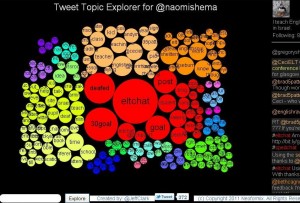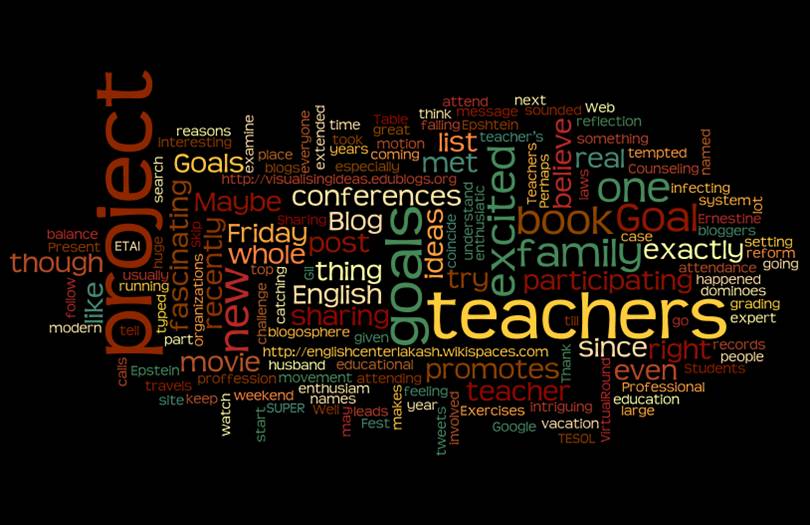Austin Kleon wrote a brilliant piece (with great visuals!) called:
HOW TO STEAL LIKE AN ARTIST (AND 9 OTHER THINGS NOBODY TOLD ME)
He refers to his post as “notes on writing and drawing”. I’d like to point out how they are also notes for teaching. I’m following his post point-by-point (the points are direct quotes, the photos are by Gil Epshtein)
1) Steal like an artist.
Great teachers don’t constantly strive to reinvent the wheel. They read, listen and talk to other teachers and let their students benefit from a wealth of accumulated experience and creativity. The great teacher uses whatever strategies and ideas are useful and suitable and makes sure to go where these can be found!
But what the teacher has heard can’t and shouldn’t be used exactly as it was presented. Each class is different and adpating the material is a creation of something new! As Austin Kleon says: “Every new idea is just a mashup or a remix of previous ideas”.
2) Don’t wait till you know who you are to start making things.
There is no magic formula. It isn’t only people who have written coursebooks or teachers who have taught for more than 7 years who can suggest material, strategies and innovations. Just like we try to tell our students not to be afraid to make mistakes, teachers must not be afraid to experiment with the ideas they have!
3) Write the book you want to read.
Which for teachers is:
Find / collect /create the materials needed for teaching the way you believe it should be taught.
4) Use your hands.
Don’t let issues such as “crooked lines” or being able to draw only “stick figures” dissuade you from making and using your own materials and games. When they are tailored for YOUR class, then they are worth more than commercial material!
5) Side projects and hobbies are important.
Having hobbies are not only important for teacher’s sanity – they can lead to great things to do in the classroom. There are many blogs out there in blogosphere by teachers who are incorporating their love of movies, animals, photography or what not into their teaching!
6) The secret: do good work and then put it where people can see it.

As stated in point one – we learn by communicating with others, so share your work too! Go to conferences, write for your local jounal, write a blog, TWEET or whatever works for you!
7) Geography is no longer our master.
The teachers in your staffroom may not be interested in sharing but you will always find teachers online who are! it’s called building a Personal Learning Network. This blog is a testimony to the growing number of teachers I have found that enrich my teaching experience from the comfort of my home!
8) Be nice.
If you liked a recommendation – say so. If you didn’t, you don’t have to use it but that doesn’t mean you have to “trash it”! Communities support and encourage!
9) Be boring. It’s the only way to get the work done.
Which for teachers is:
Take a deep breath and deal with the boring, administrative side of teaching. Every school has technical demands which are boring and not always logical. But if you don’t stay within the framework of the school requirements you won’t have a job and then won’t be making an impact on anybody!
10) Creativity is subtraction.
Austin Kleon says “Devoting yourself to something means shutting out other things”.
For those teachers who have found their “online PLN” I take that to mean : Beware of Gold Rush Fever! There are SO many interesting things going on out there that one has to remember to study and adopt new things in small chunks, accepting the fact that you can’t possible take in everything that is being offered to you. You will have to ignore some and focus on really making the most of what you have begun experimenting with before taking in more new ideas.
I’m sure there are other lessons to be learnt from Austin Kleon’s post, but those are my ten!















